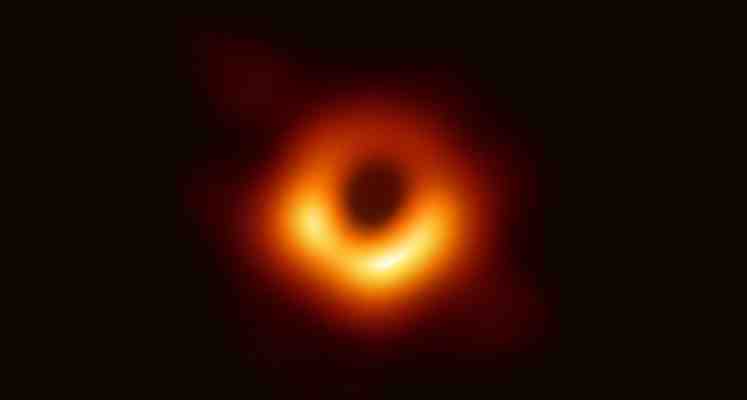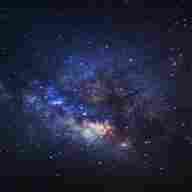Is it the Eye of Sauron? Is it some marmalade someone spilled on the carpet? Nope, this is actually the first-ever image of a black hole.

It might not look as exciting as what a Christopher Nolan movie or Soundgarden song might depict. However, it is, without a doubt, a monumental achievement in space exploration.
The image was captured by the Event Horizon Telescope with the help of NASA scientists and spacecraft. This black hole currently sits about 55 million light-years away in galaxy M87. It is more than six times bigger than the sun.
Members of the scientific community have taken to social media to express their joy at the milestone.
“Having spent about twenty years helping to visualize the high energy universe, and I am seeing this silhouette of a black hole. That it happened in my lifetime is incredible,” says visualization and emerging tech lead for the Chandra Observatory Kim Kowal Arcand. https://t.co/ObW5sitpWu
— Kim Kowal Arcand (@kimberlykowal) April 10, 2019
“History books will be divided into the time before the image and after the image,” said Michael Kramer from the Max Planck Institute for Radio Astronomy .
As for us, we’re just sad that Opportunity didn’t live to see this day.

NASA’s heartbreaking final words to the Mars rover Opportunity
The shadow of the black hole is in the center of the image. The bright red and yellow color is actually light being sucked into the black hole.
The Event Horizon Telescope does not look like any sort of traditional telescope you are picturing. The “telescope” is the size of the Earth.
The team takes measurements to collect data with satellite dishes. The dishes are located in North America, South America, Europe, and Antarctica. This technique is called radio observation.
“This is an amazing accomplishment by the EHT team,” said NASA’s director of the astrophysics division Paul Hertz “Years ago, we thought we would have to build a very large space telescope to image a black hole. By getting radio telescopes around the world to work in concert like one instrument, the EHT team achieved this, decades ahead of time.”
If the data is collected at the same time, scientists can use it to produce an image. The data for this black hole came in two years ago, and scientists have been forming it into a clear image since then. If that sounds confusing, just remember that scientists initially thought this was impossible.
The image is the first step in more research toward massive black holes, event horizons, and gravity itself.
“We have achieved something presumed to be impossible just a generation ago,” said EHT project director Sheperd S. Doeleman. “Breakthroughs in technology, connections between the world’s best radio observatories, and innovative algorithms all came together to open an entirely new window on black holes and the event horizon.”
More about space travel
3 billionaires racing to build the future of space travel ►
Watch Elon Musk’s new rocket light up the California sky ►
Take a look at Elon Musk’s crazy new spaceship ►
Walk on the moon with this 4K guided tour by NASA ►
